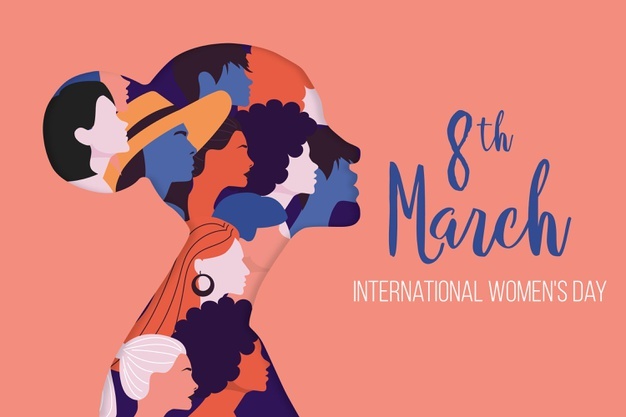IWD 2021: Women’s representation in the union
This blog post was written by Melissa Brennan, Chair of the Fórsa Women’s Activists Network, for International Women’s Day
As part of Fórsa’s focus on women this International Women’s Day, I want to specifically focus on the issue of gender equality within our trade union, in particular women’s under-representation within our structures.
The reasons for the under-representation of women in power and decision-making, be it in political life or trade unions, are structural and multifaceted. They include gender stereotypes and discrimination, and segregation in education and in the labour market. There is also a lack of policies to make it easier for women and men to strike the right work-life balance, and the unequal distribution of domestic and family chores.
Lastly the political environment, corporate culture (also within trade unions, in their role as employers) and media attitudes are still unfavourable to women.
In Fórsa, equal opportunities are an area of our activity which are devoted considerable attention. Our record in this respect is second to none. A wide range of facilities have been made available to members through our efforts in this regard. Indeed, without the trade union movement a wide range of family-friendly measures including career breaks, job-sharing, leave for parents and leave for carers would simply not exist.
As we are all only too aware, we challenge employers about their support for working women. We question the rate at which women succeed in promotion competitions. We wonder why there are more women in junior, or lesser paid, roles than there are at more senior positions.
Of course we should do this. Keep it up. Keep pressing.
But let us look at ourselves too. Do we not urgently need to take steps to ensure that the activist profile reflects the union’s membership profile?
Who else is going to do this for us?
Women comprise just under 69% of our membership in Fórsa, but this is not reflected in our representative structures. In 2019:
- Just 56% of our branch executive committee members were women.
- Just 55% of our branch officers were women.
- Only 43% of the delegates to our delegate conferences were women.
- Just 34% of the union’s executive committee were women.
- In the case of our industrial and organising staff, just 34% were women.
The only people who can change these levels of representation are ourselves. We cannot blame any employer for the fact that, in our representative structures, at every level, women are underrepresented.
There is an obligation on us to look at our rules, look at our nomination processes and decide if we need to adapt them to ensure that, at every level, women are enabled to participate in the affairs of our union in more or less equal proportion to their membership of the organisation.
This is not just a challenge for Fórsa. It is a challenge for many unions.
Our challenge is to ensure that real practical and effective measures are taken by us to address the significant levels of imbalance in our structures.
There is also scope for us to consider the ETUC’s suggested methods in this regard. In their resource guide called From Membership to Leadership; Advancing Women in Trade Unions, it sets out ten things trade union leaders, decision-makers and members can do to promote gender balance in union leadership and decision-making roles:
- Make the argument for gender balance as a core union priority.
- Actively promote gender equality at all levels of the organisation through gender mainstreaming.
- Introduce statutory rule changes on gender balance.
- Prepare women for decision-making and leadership roles.
- Engage men to build a consensus for balanced gender representation.
- Address the image and culture of unions.
- Build union organisation so that women’s activism, involvement decision-making roles exists at all levels of the union.
- Ensure that trade union organisations promote gender diversity through their own internal human resources.
- Provide gender disaggregated data.
- Take a strategic approach and develop concrete actions plans to improve gender balance, including measures to monitor and assess the outcomes and implementation of actions.
In relation to Fórsa’s approach to women’s underrepresentation, we previously set up the INSPIRE training programme for women activists. However there is also a need to develop a structured mentoring programme and examine the effectiveness of positive measures, such as, gender quotas and targets.
Statistics need to be gathered and published in regard to gender analysis within our union structures. Statistics on the participation of women at various levels within the union should compare the level of participation at the various levels with the overall women membership in our union.
These published reports should indicate the degree of change that would be required if women’s level of participation at each level were to reflect their membership of the union. This information should be maintained and published on a biennial basis.
Based on the outcome of the audit, the Equality Committee and National Executive Committee should develop a plan of action to address any imbalance.
Of course the publication of such data challenges us as a union. Of course it points a spotlight on ourselves. But this is what we do when we challenge employers.
Our challenge is to challenge ourselves given that the only people who can change our current situation is ourselves.
We should see it as a priority that we set about making the necessary changes now.
 |
Melissa Brennan
Chair, Fórsa Women’s Activists Network
|

